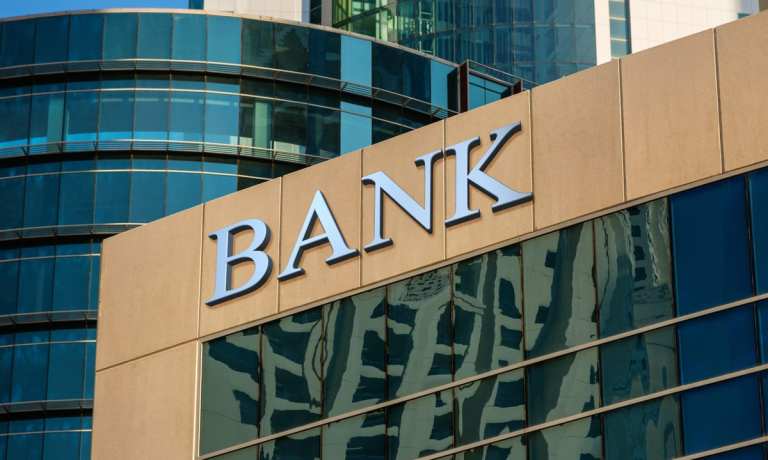
Amid the continued grappling with the economic headwinds of the coronavirus, lenders are navigating choppy waters — but defaults may loom.
To that end, the Federal Reserve has said there may be debt defaults on the horizon, along with what may be “significant declines” in asset prices.
“As many households continue to struggle, loan defaults may rise, leading to material losses,” the Fed said in its latest biannual Financial Stability Report.
Viewed from a high level, the Fed said in its report that debt owed by businesses, “which was already historically high relative to gross domestic product (GDP) before the pandemic, has risen sharply as businesses increased borrowing to weather the period of weak earnings.” Weakened top lines have meant that businesses have been unable to service their debt. Similarly, household debt was at a “moderate level relative to income,” before the pandemic hit. But as many households have lost jobs and earnings fell, the struggle has meant that loan defaults may rise.
“So far, strains in the business and household sectors have been mitigated by significant government lending and relief programs and by low interest rates. That said, some households and businesses have been substantially more affected to date than others, suggesting that the sources of vulnerability in these sectors are unevenly distributed,” said the report.
In the meantime, total non-financial private debt rose 6.7 percent year on year in the second quarter over 2019, to $33.7 trillion, while total non-financial business credit was up 10.5 percent over the same period to $17.6 trillion.
The Fed’s seeming note of caution comes as banks are tightening their loan standards overall in commercial lending. Banks remain well-capitalized, reported the Fed.
But as noted in this space, banks have been tightening their lending standards even as demand has softened. In another report from the Federal Reserve — via the October 2020 Senior Loan Officer Opinion Survey on Bank Lending Practices — tightening occurred though less than 5 percent of loans were in forbearance. More than 36 percent of lenders, for example, said they’d tightened the premiums charged on riskier loans at least somewhat or considerably. Roughly 27 percent said they’d tightened collateralization requirements.
Lenders are eying economic volatility, and thus the loan tightening has occurred through sectors as far flung as construction, multifamily loans and auto loans. Forbearance was most common for residential real estate, commercial real estate and consumer loans, according to the study.
As to what might be on the horizon with a new presidential administration, as the Biden team takes office, Biden has said that one policy will be to “strengthen and expand the Community Reinvestment Act to ensure that our nation’s bank and non-bank financial services institutions are serving all communities.” That hints that FinTechs and non-bank lenders may be guided toward expanding their mortgage loan portfolios. The Biden team has also proposed establishing a public credit reporting agency, which would in part allow lenders to use alternative data sources in the lending process.
The issues are not limited to the U.S.
The Wall Street Journal reports that in Europe, regulators and lenders are concerned about defaults that may surge when government relief packages end. Bad loans worth as much as $1.7 trillion could be on the horizon, and banks will have to grapple with defaults if economies worsen.
For lenders, then, the seas have not exactly been placid — but roiling waves may lie ahead.